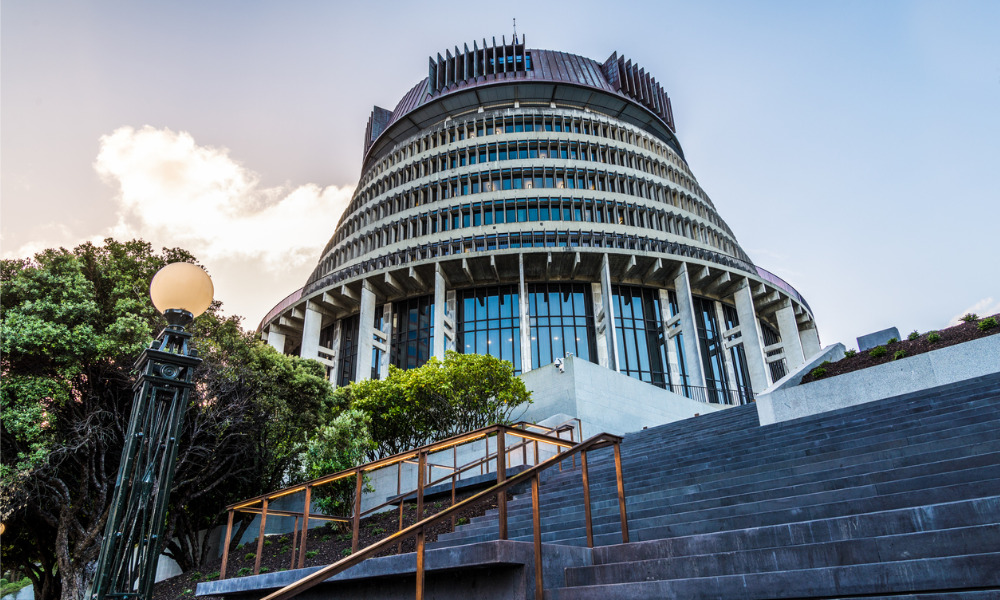
The first reading to bring the agreement into force was recently held in Parliament

The government has moved closer to ratifying the New Zealand – European Union Free Trade Agreement (FTA), with the first reading of the legislation to bring the agreement into force held in Parliament.
Trade Minister Todd McClay expressed enthusiasm, stating, "Almost a decade after preparatory talks first began on an FTA with the European Union, I'm pleased to be taking forward legislation which will bring the now completed FTA into effect."
The FTA aims to dismantle barriers that have hindered New Zealand products from accessing the European Union market, characterised by high tariffs and restrictive quotas. McClay highlighted that the agreement would level the playing field for Kiwi businesses, presenting new avenues for export growth. The expeditious implementation is aligned with the government's ambitious target of doubling export value over the next decade.
With the government aiming to complete its parliamentary procedures by May this year, the goal is to enable New Zealand exporters to promptly capitalise on the agreement's benefits.
Key benefits of the FTA include an annual boost to GDP of up to $1.4bn and an increase in exports to the EU by up to $1.8bn per year by 2035. Notably, duties on 91% of New Zealand's goods exports to the EU will be removed from the agreement's entry into force, rising to 97% after seven years.
The FTA ensures tariff savings of $100m annually on New Zealand exports to the EU from day one, representing the highest immediate tariff savings in any New Zealand FTA. This includes the elimination of tariffs on products such as kiwifruit, Mānuka honey, fish and seafood, onions, wine, and industrial products. Furthermore, the agreement provides additional quotas for meat and dairy products.
The agreement will come into force at an agreed date after New Zealand has passed the implementing legislation and notified the EU.